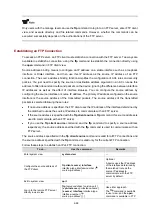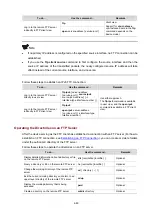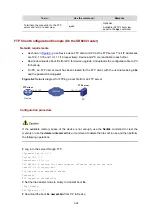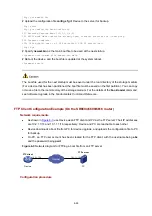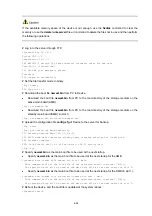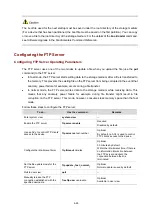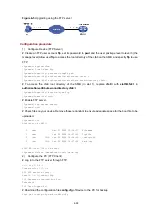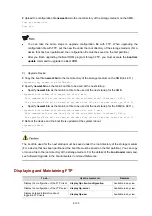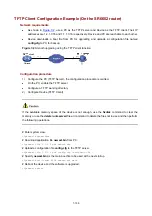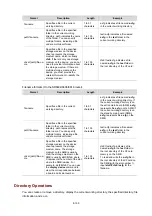
7-102
7
TFTP Configuration
This chapter includes these sections:
z
z
z
TFTP Client Configuration Example (On the SR6602 router)
z
TFTP Client Configuration Example (On the SR6604/6608/6616 router)
TFTP Overview
Introduction to TFTP
The Trivial File Transfer Protocol (TFTP) provides functions similar to those provided by FTP, but it is
less complex than FTP in interactive access interface and authentication. Therefore, it is more suitable
in environments where complex interaction is not needed between client and server.
TFTP uses the UDP port 69 for data transmission. For TFTP basic operation, see RFC 1986.
In TFTP, file transfer is initiated by the client.
z
In a normal file downloading process, the client sends a read request to the TFTP server, receives
data from the server, and then sends the acknowledgement to the server.
z
In a normal file uploading process, the client sends a write request to the TFTP server, sends data
to the server, and receives the acknowledgement from the server.
TFTP transfers files in two modes:
z
Binary mode: Transfers files as raw data, like
.bin
, and
.btm
files.
z
ASCII mode: Transfers files as text, like
.txt
,
.bat
, and
.cfg
files.
Operation of TFTP
Only the TFTP client service is available with your device at present.
Figure 7-1
TFTP configuration diagram

